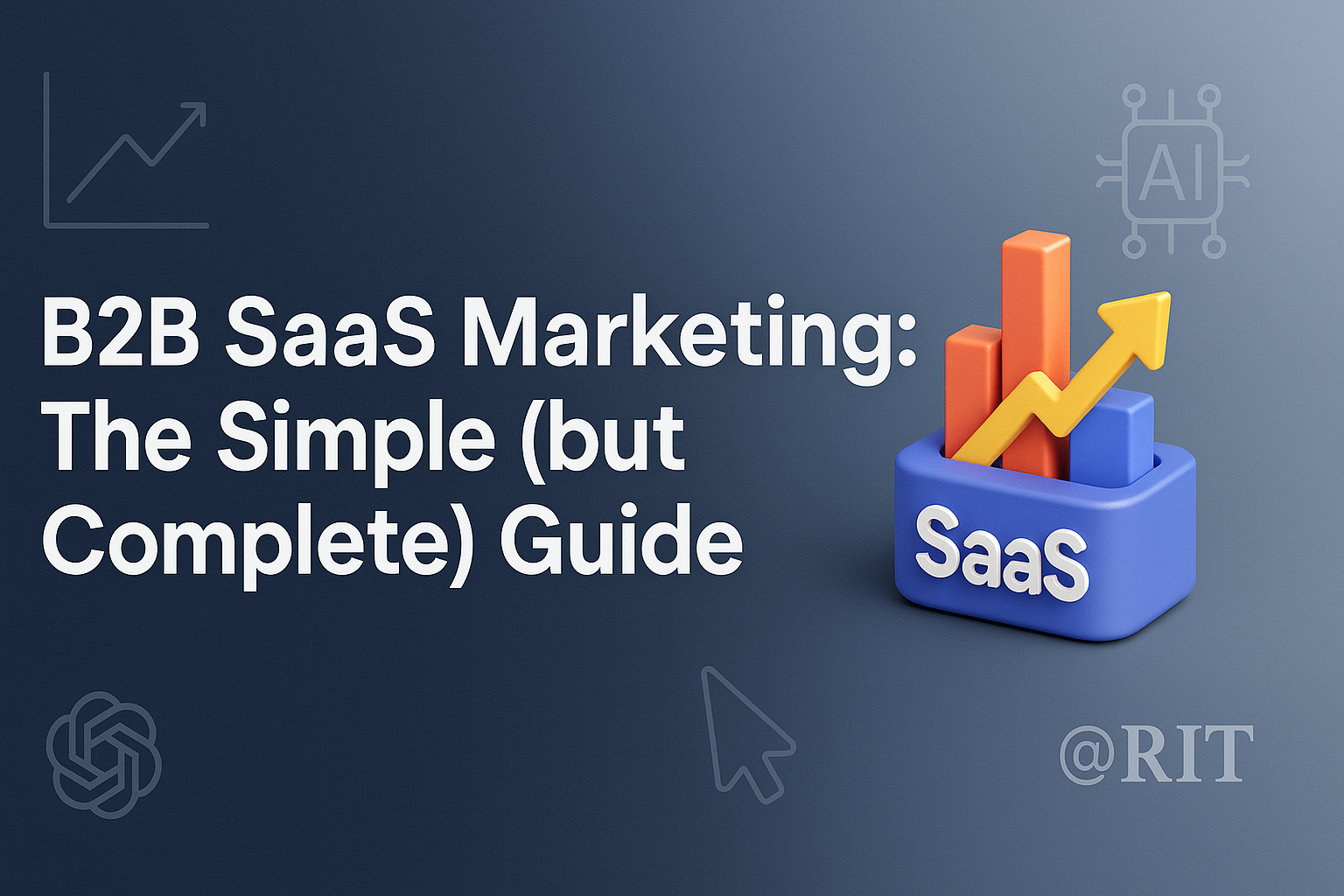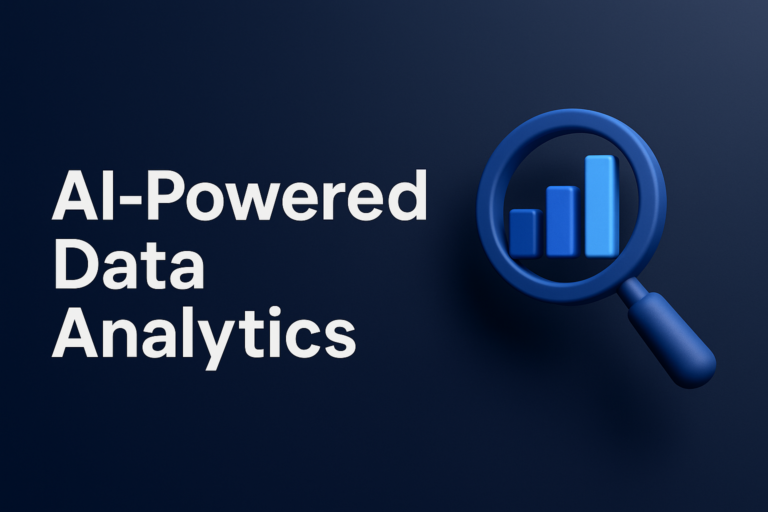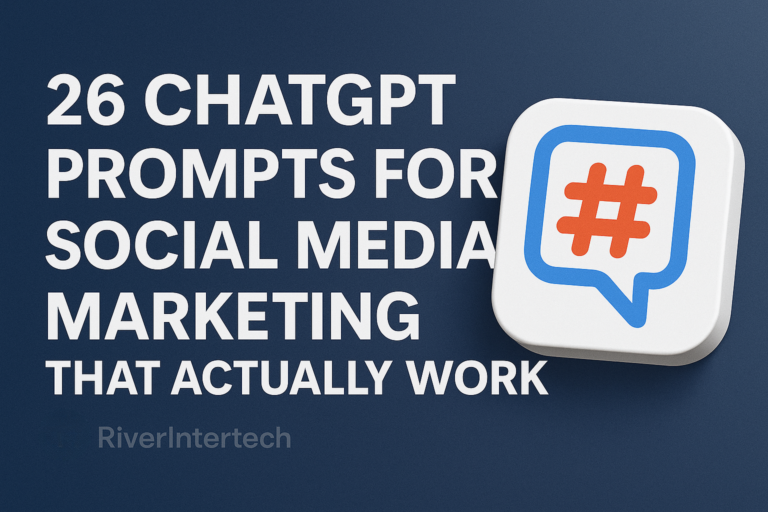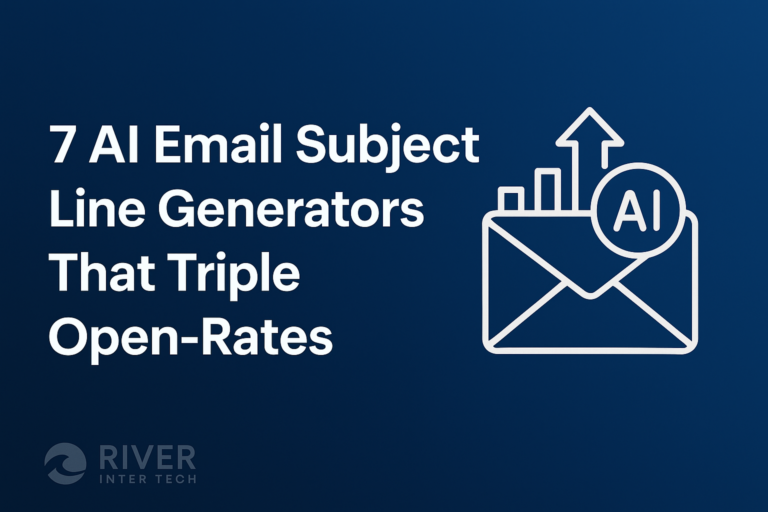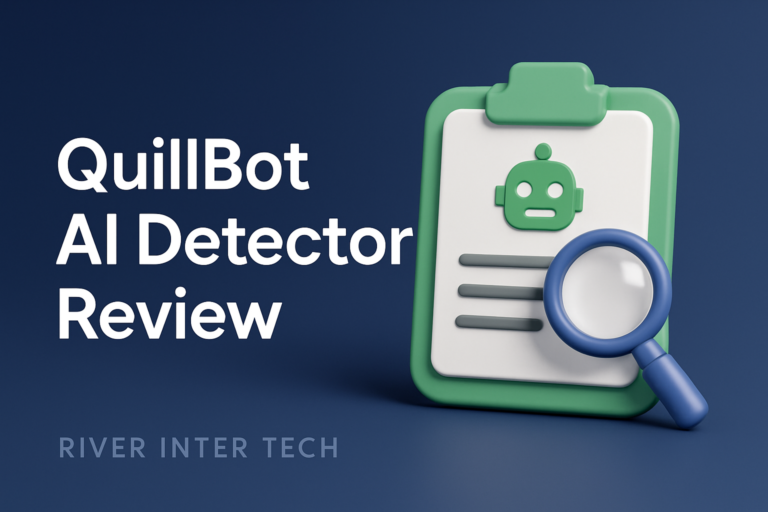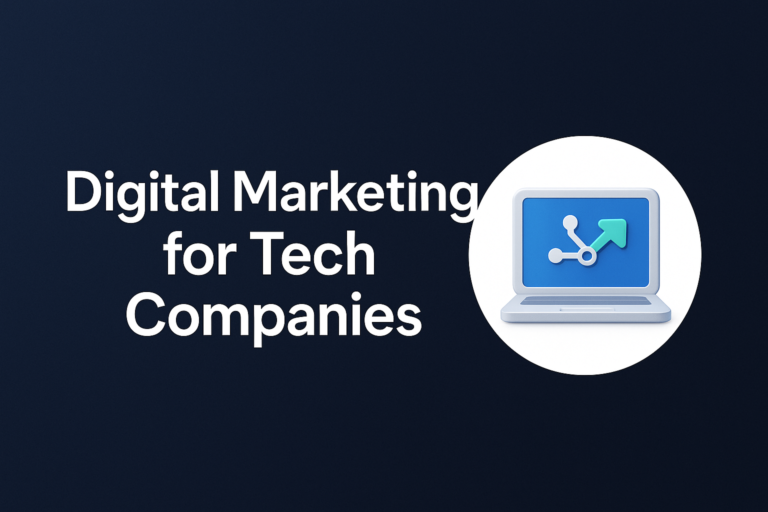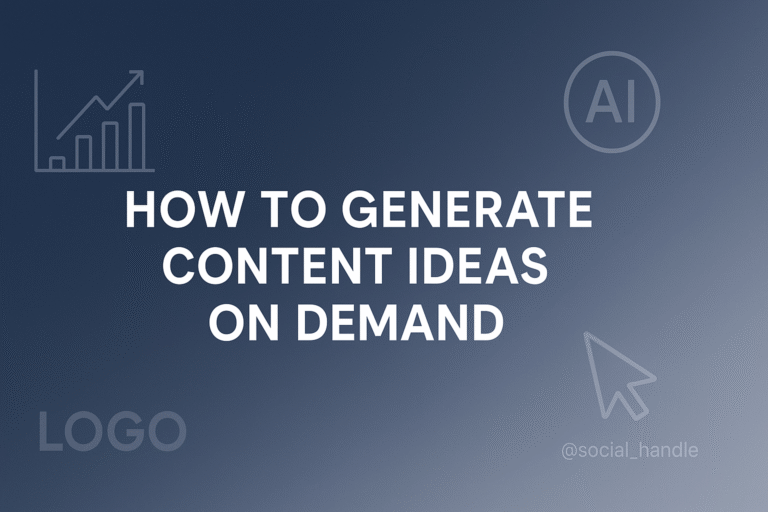B2B SaaS Marketing: The Simple (but Complete) Guide
What if the only thing standing between your SaaS company and doubling your pipeline was a few changes to your strategy? Imagine improving your B2B SaaS marketing without paying for ads, hiring agencies, or launching expensive PR campaigns. Sounds impossible? It’s not. The truth is, most B2B SaaS market players don’t have a traffic problem.
They have a trust problem. Buyers don’t need more options—they need better reasons to believe yours is worth it. This guide gives you those reasons. We’ll uncover what’s broken in most SaaS strategies and walk through the moves that create real traction.
You’ll get proven frameworks, powerful content plays, and B2B SaaS marketing strategies that work even if you’re bootstrapped, understaffed, or still pre-revenue. If you want to outgrow your competition without outspending them, keep reading.
What is B2B SaaS Marketing?
What is B2B SaaS marketing? It’s the engine that helps software companies sell their products to other businesses. It’s not just about catchy copy or sleek design. It’s about building a relationship based on trust. Think of it this way: you’re not selling software; you’re selling a better way to work. Your customers want outcomes and not just add another tool in their library.
That makes every email, landing page, and product walkthrough a trust-building opportunity. And since SaaS runs on subscriptions, your job isn’t done after the sale. You have to win customers over again and again.
That means your B2B SaaS marketing plan needs to support onboarding, activation, upsells, and retention. It should move buyers from “What is this?” to “I need this”—and then to “I’ll never leave.” Great B2B marketing SaaS content doesn’t feel like marketing. It feels like clarity, help, and progress. That’s how you win.
Things to Consider Before Crafting Your SaaS Marketing Strategy
What Is Your Business Model?
Your go-to-market model shapes everything. If you’re product-led, your signup flow and onboarding experience become the core marketing engine. If you’re sales-led, your lead magnets, webinars, and sales content carry the weight.
Hybrid models blend both, adding complexity but also flexibility. Understand where your customer starts and how they move toward a paid plan. Do they try before they buy? Do they need approval from a team? Do they buy with urgency or caution?
Your marketing should map to their buying behavior, not the other way around. Start with the model, then design your touchpoints. A strong marketing strategy B2B SaaS framework ensures each journey stage gets the right attention.
Are You Bootstrapped or Do You Have Funding?
Money changes your marketing math. If you’re VC-funded, you can afford to test ten ideas fast and scale the winner. If you’re bootstrapped, you need one or two plays that work—and you need them to work profitably.
Your budget also impacts how you distribute content, what tools you can afford, and how aggressive you can be on paid channels. Funded teams often burn cash to buy time. Bootstrapped teams trade time to save cash. That’s not a limitation. It’s a lens. You can’t copy strategies blindly. You have to choose based on your growth stage, team size, and resources.
Smart strategy lives at the intersection of your ambition and your constraints. Whether you’re exploring a SaaS B2B marketing plan or refining an enterprise-level SaaS B2B marketing strategy, the same rule applies: play to your strengths.
11 Best B2B SaaS Marketing Strategies for 2025
Growth Loops
Growth loops aren’t funnels—they’re engines. Funnels end. Loops feed themselves. One user signs up, then invites another. That user invites two more. Think Calendly. Every time someone books a meeting, they see how easy it is—and they want an account too.
Growth loops turn every action into a trigger for the next user. Instead of buying traffic repeatedly, you build momentum. Loops work best when your product creates value that’s shareable or collaborative. For example, if your software sends reports, let users co-brand or forward them. If it schedules meetings, make booking seamless.
Smart B2B SaaS marketing strategy means identifying where loops naturally exist and amplifying them.

Crafting Your Homepage and Website
First impressions count. Your homepage isn’t art—it’s a salesperson. Visitors land, scan, and judge fast. They ask: “What is this? Who is it for? What’s in it for me?” If they don’t get answers in 3 to 5 seconds, they bounce. Your headline should speak to the outcome, not the tool. Show the product in context. Use social proof that actually matters: customer logos, real quotes, specific numbers. Don’t hide your pricing.
Don’t write for yourself: write for the buyer’s pain. Build pages for different intents.
Awareness? Use blog content. Evaluation? Use comparison pages. Decision? Show the demo.
Your site is a system, not a brochure and should align with your overall marketing strategy for B2B SaaS growth.
Content Marketing and SEO
Content isn’t just for traffic. It’s a trust builder. Good content helps buyers do their job better. Great content gets them promoted. Focus on what they’re actually searching for. Use SEO tools to find those questions, but go beyond keywords. What’s the pain behind the search?
If someone Googles “how to market B2B SaaS,” they don’t want theory. They want tactics. Use topic clusters to dominate a theme. Link posts to each other and to your product. Optimize your content for conversions, not just clicks. Add CTAs that match intent. Use real examples, not fillers. And don’t forget: Google rewards depth.
Launch an Affiliate Program
If you’ve nailed product-market fit, affiliates can scale you faster than ads. Why? Because people trust recommendations from people they follow. Offer meaningful incentives and make it easy to share links. Your best affiliates are often customers who already love the product.
Equip them with assets. Track performance. Highlight top performers. If done right, affiliates become your external sales force. But be careful. Bad affiliates can hurt your brand. Screen applicants and enforce guidelines. Start small. Learn what messaging works. Then scale. This strategy especially benefits SaaS B2B marketing teams trying to maximize reach without ballooning CAC.
Community Marketing
People buy from people they trust. And trust is built in conversations, not campaigns. That’s where community marketing shines. Create a space—Slack, Discord, LinkedIn—where your buyers can meet, share, and learn. Don’t pitch. Just listen. Share helpful content. Highlight user wins. Bring in experts. Host AMAs. Communities create stickiness. They increase retention. And they make customers feel seen.
When users help each other, they stay longer and buy more.
The best part? Communities give you constant feedback. You’ll spot new feature ideas, content gaps, and messaging wins you’d never find through surveys. This also helps define what is a B2B SaaS company in your customer’s mind: trusted, helpful, and human.

Launch a Newsletter
Newsletters build brand over time. But only if people actually read them. Focus on value. Send ideas, not just announcements. Make every issue something worth forwarding. Curate industry trends. Share behind-the-scenes stories.
Break down what’s working in your marketing or product. Use a consistent format so readers know what to expect. Ask questions. Run polls. Include soft CTAs that nudge action. And don’t be afraid to inject personality.
The goal is simple: stay top of mind so that when it’s time to buy, they think of you first. This approach aligns with smart B2B SaaS digital marketing strategy. Build once, nurture forever.
Do Sponsorships with Media Sites
Your buyers already trust certain media brands. Find them. Partner with them. Sponsor newsletters, podcasts, webinars wherever your ICP pays attention.
Skip the vanity metrics. Choose media based on audience quality and topic alignment. The goal isn’t impressions. It’s influence. A well-placed mention can drive more high-intent leads than ten generic ads.
Work with publishers who understand your space. Provide creative assets that match their style. And always measure lift. What happened to traffic, signups, or demo requests during the campaign? Use those insights to optimize future buys. This will help boost your growth in a competitive B2B SaaS market.
Do Sponsorships with Micro-Influencers
Micro-influencers in B2B are often consultants, creators, or niche community leaders. They may not have huge followings, but they have trust. Partner with them to get in front of engaged audiences. Pay for content placement, webinars, or co-branded resources.
Let them tell your story in their voice. Provide talking points, but never scripts. The goal is to feel natural, not transactional. Track performance with UTM links or custom landing pages. Influencer marketing isn’t new. But in digital marketing for SaaS, it’s still underused. That’s your edge.
Launch on Product Hunt
Whether you’re launching version 1 or feature 50, Product Hunt can drive signups, feedback, and awareness. Plan the launch like a campaign. Create a compelling tagline. Record a short video. Reply to every comment. Email your list the day you go live.
Ask your community to support. But don’t treat it as a one-day event. Use the momentum for weeks. Share wins. Publish lessons. Pitch media. The traffic will run out, but the backlinks and brand halo will stick around.
Product Hunt works best when the product solves a real pain and is easy to try. This SaaS B2B marketing strategy is even more rewarding when aimed at self-serve acquisition.
Do Manual Outreach via LinkedIn and Email
Cold outreach isn’t dead. It’s just lazy outreach that’s dead. Personalization is the difference. Mention something specific. Connect your product to their problem. Keep it short. Add value. Don’t just ask for time earn it. Use LinkedIn to warm up leads before you email.
Engage with their posts. Leave thoughtful comments. When you do reach out, make sure to not sound like a stranger. Make sure to personalize each message.
Outreach scales slower, but it’s effective for high-ticket or enterprise deals. Use it to learn, test messaging, or book demos. Just don’t automate garbage. You’ll burn your list and your reputation. And this is something no B2B SaaS marketing plan can afford to ignore.
Join Communities with Other SaaS Marketers
Your best ideas won’t always come from competitors. They’ll come from peers in parallel industries solving similar problems. Join B2B marketing SaaS communities. Subscribe to their newsletters. Attend their virtual events. Not just to learn but to contribute. Share your wins. Ask for feedback. Trade insights.
These spaces are goldmines for content ideas, tool recommendations, and growth tactics. They’re also where partnerships happen. A single conversation can lead to a podcast invite, co-marketing deal, or investor intro. If you want to move faster, stop building in isolation.
Conclusion for B2B SaaS Marketing Guide
Winning in B2B SaaS marketing doesn’t require the biggest budget: it requires the clearest strategy. Focus on what actually moves the needle. Use your website as your best salesperson. Create content that earns trust.
Join conversations before you sell. And always remember: you’re not just marketing a product. You’re marketing progress. Every word you publish, every interaction you start, should move someone closer to a solution. Keep it real. Keep it relevant. And keep showing up.

